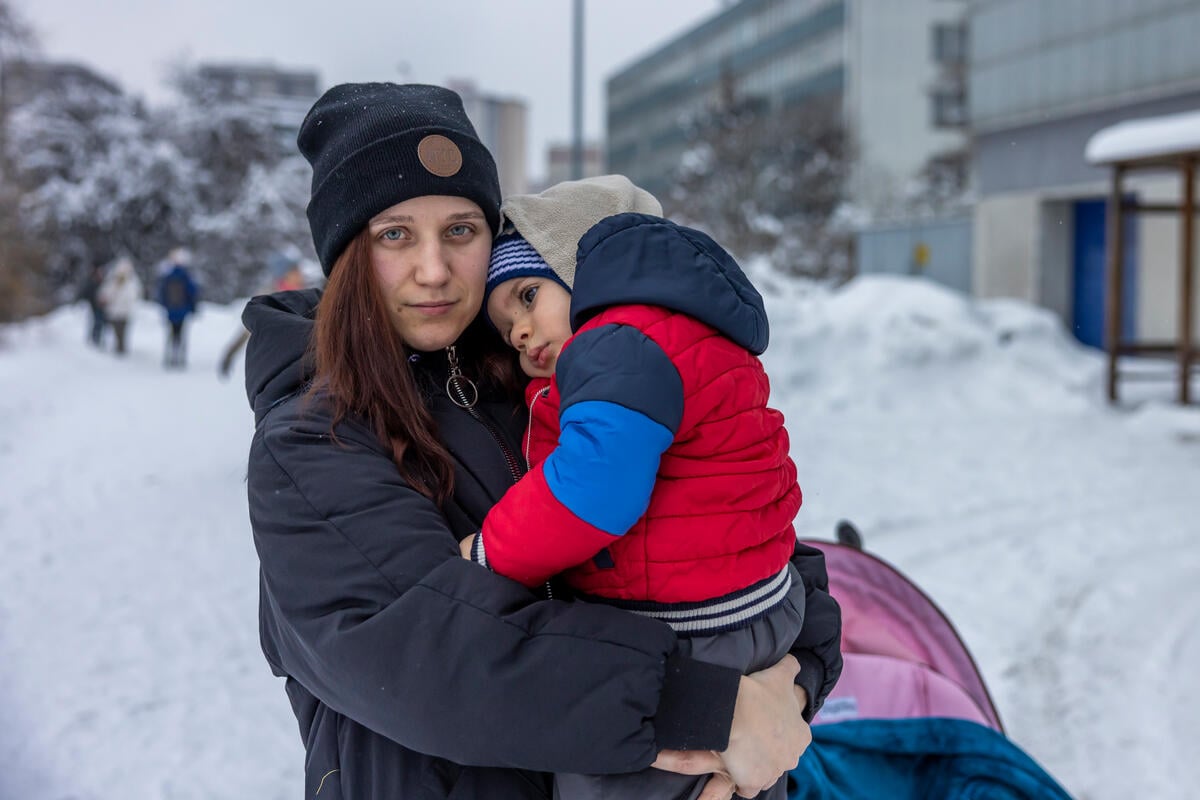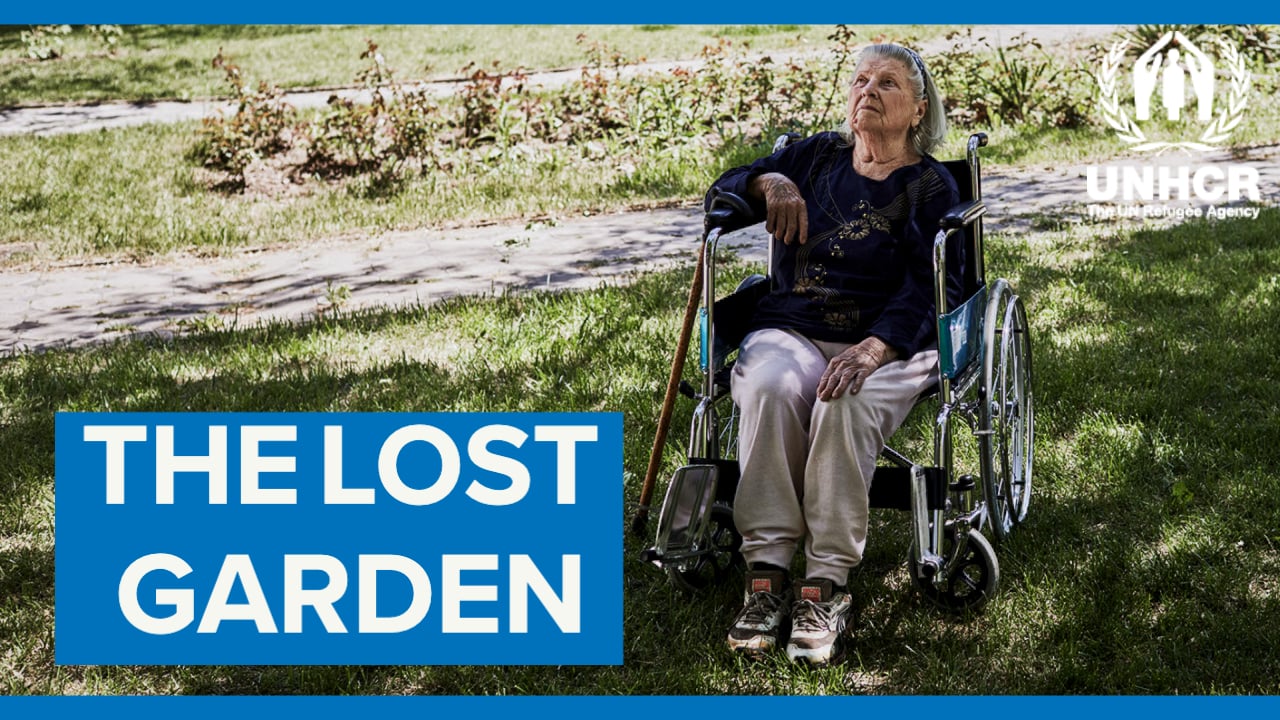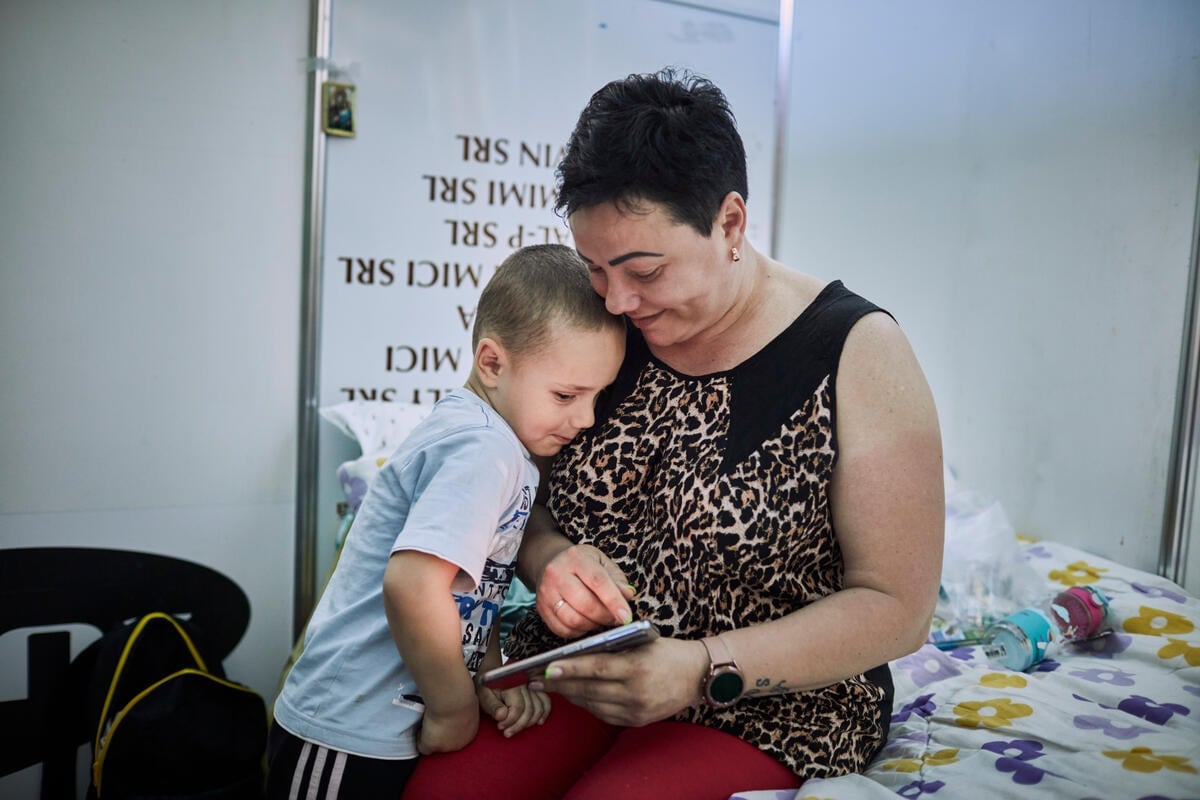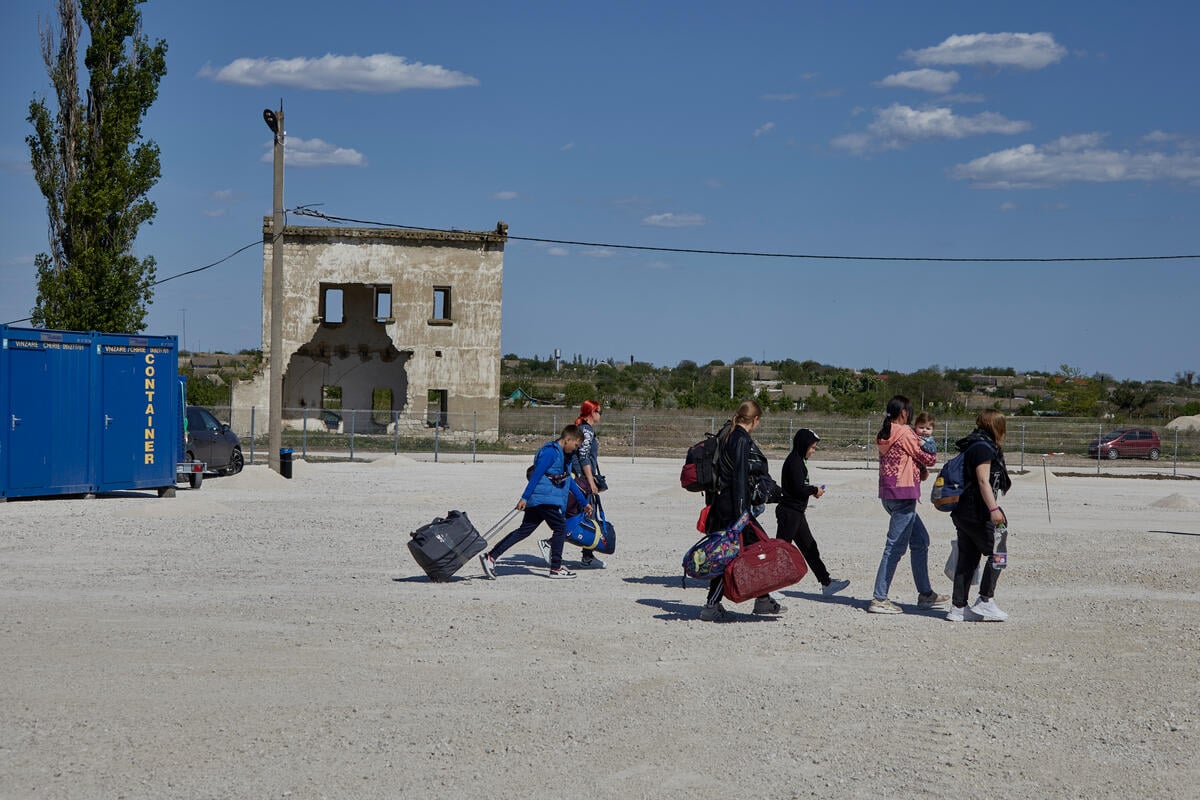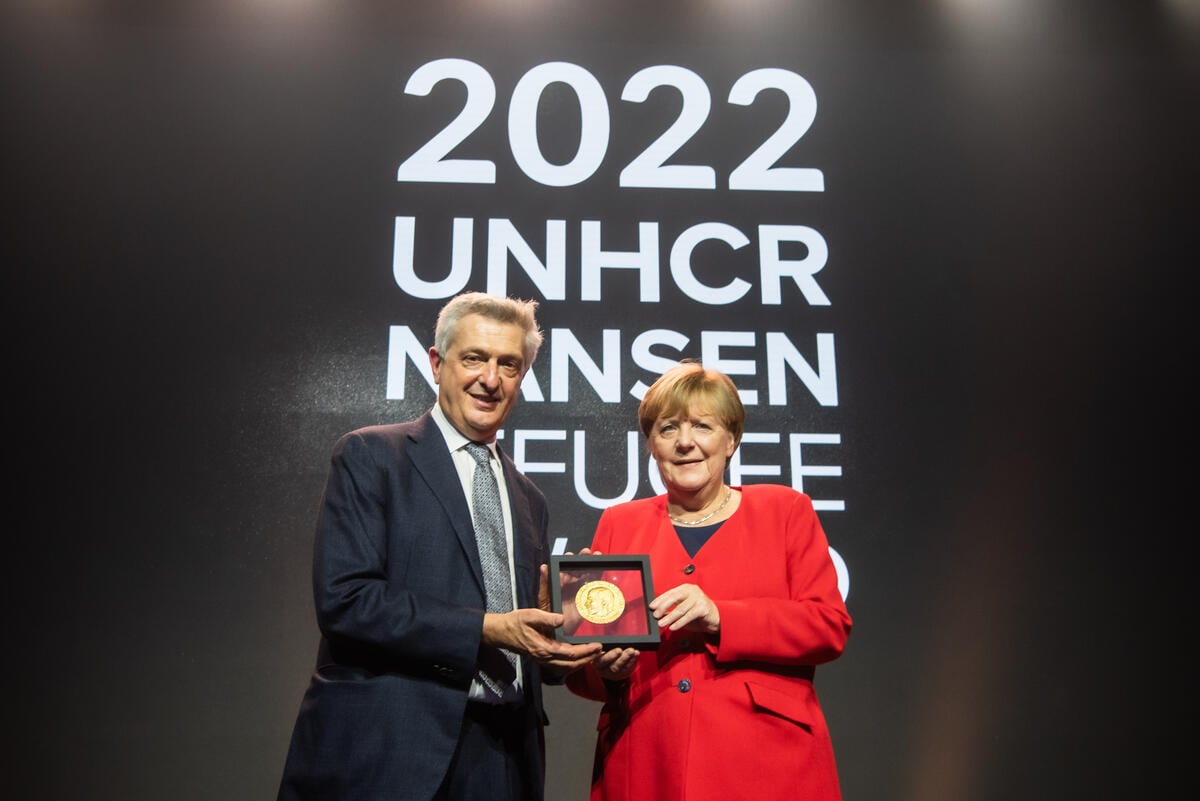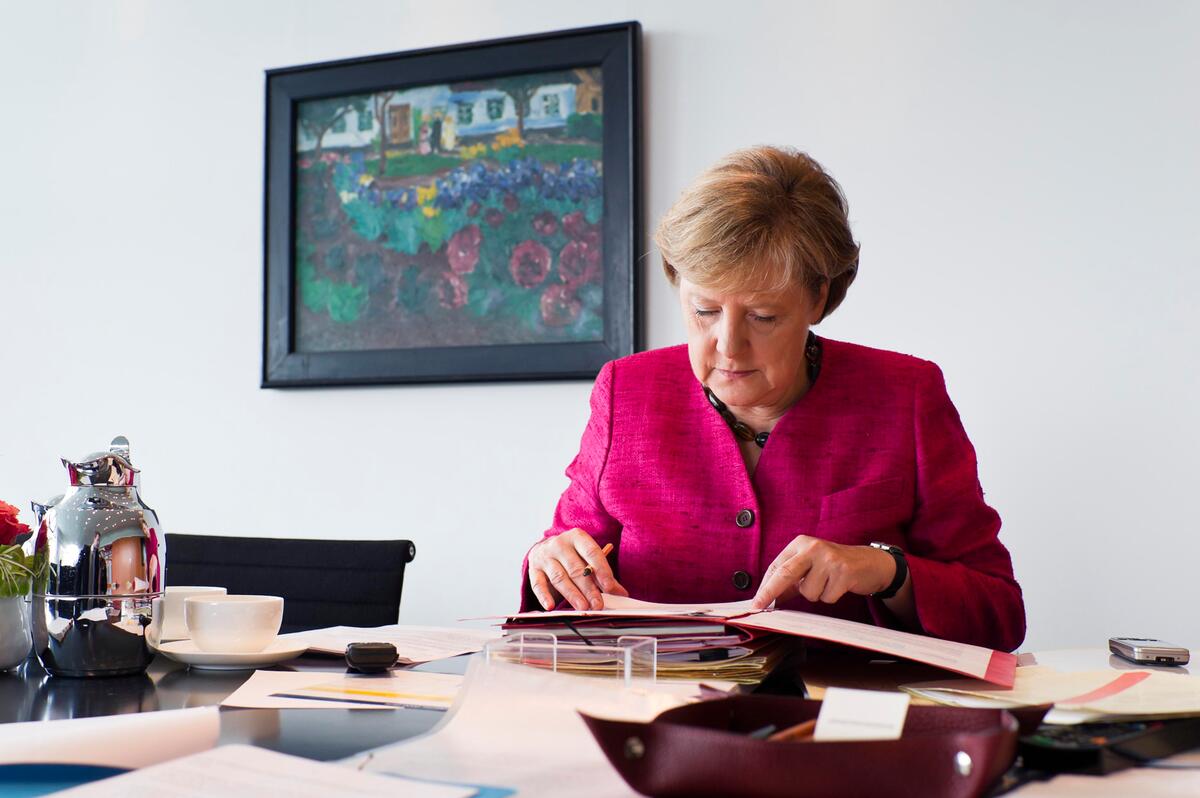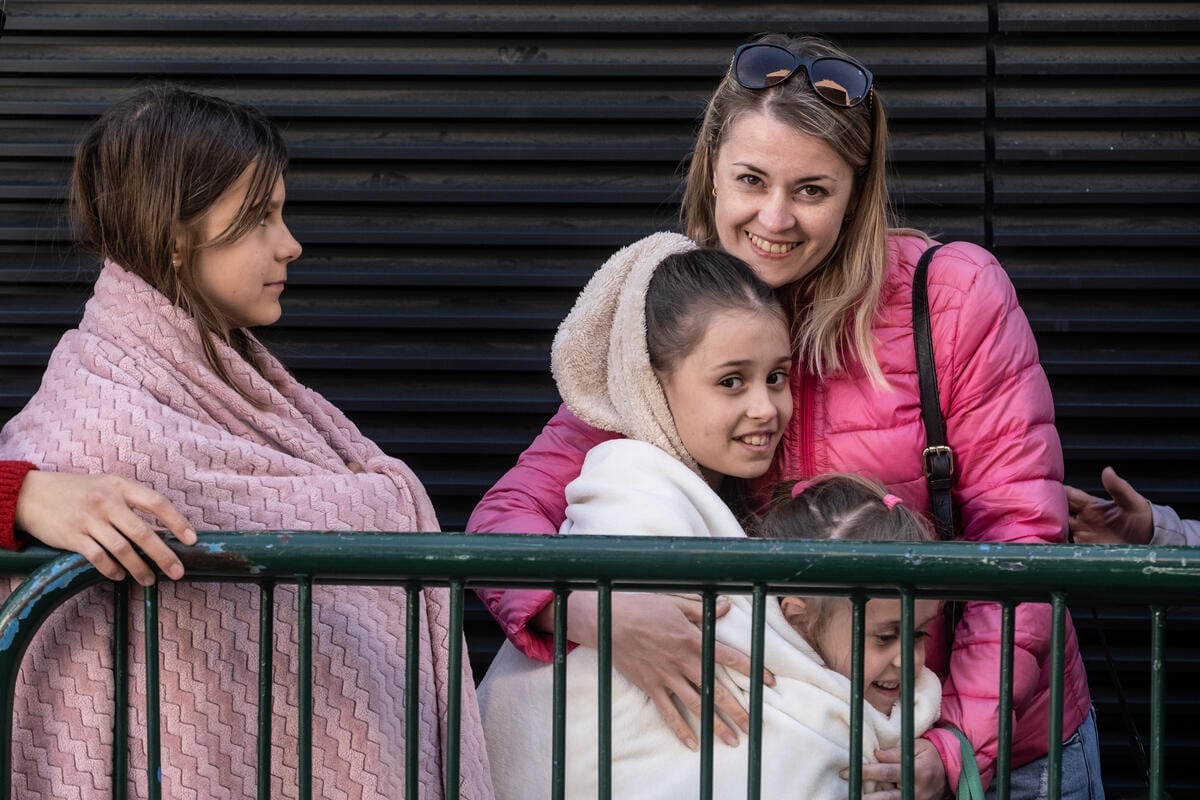Europe
Europe
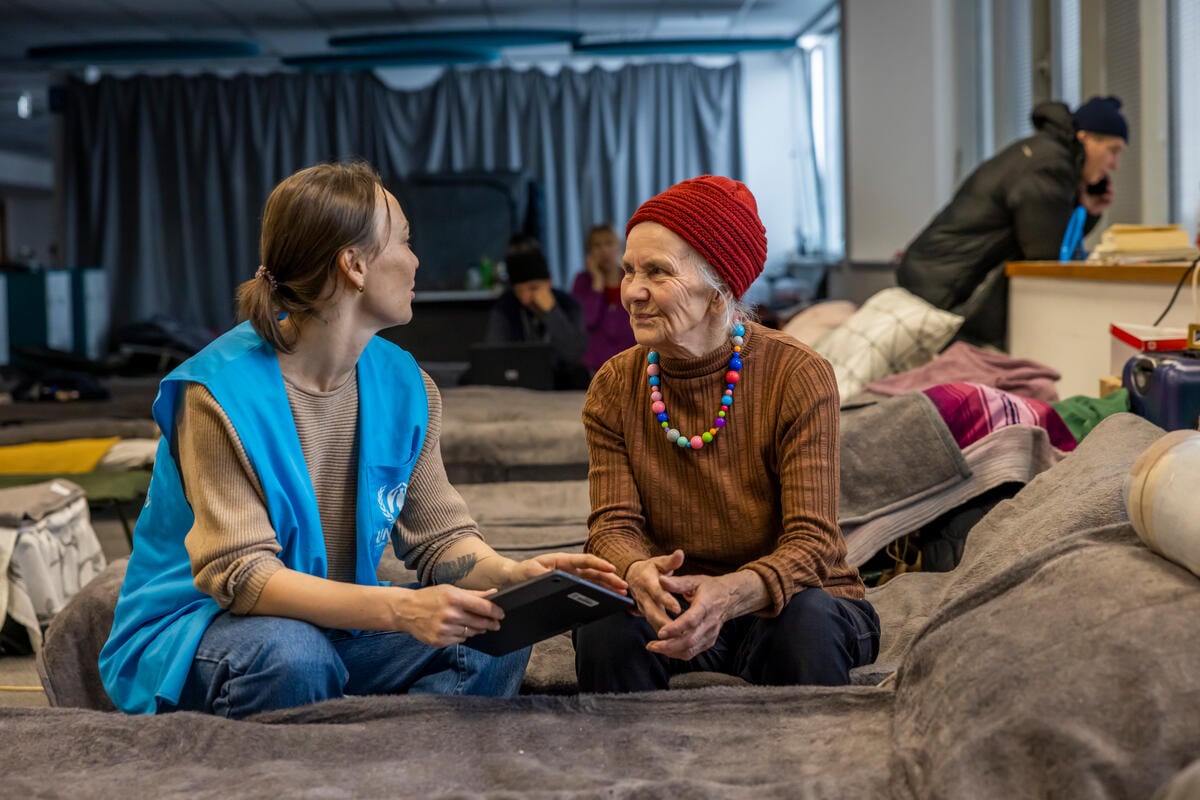
Browse country pages in this region:
Do you need help?
Find information and helpful services for refugees, asylum-seekers and stateless persons, read more about your rights and duties, and view the frequently asked questions on the Help page:
Are you looking for a way to study at university?
Find accredited higher education academic or scholarship programmes verified by UNHCR on the Scholarship Opportunities for Refugees platform.
Apart from refugees, the mandate of UNHCR also includes asylum-seekers, stateless people and internally displaced persons.
By the end of 2023, Europe, including Türkiye, hosted about one-third (some 30 per cent) of all refugees globally. The number of refugees in European countries rose from 12.4 million at the end of 2022 to 13 million at the end of 2023, as more refugees from Ukraine continued to seek safety in nearby countries.
With a Regional Bureau in Geneva, Switzerland, and office presence in 36 European countries, UNHCR is covering 49 States, including 27 EU Member States, and one territory in the region.
What role does UNHCR play in Europe?
As the custodian of the 1951 Refugee Convention, UNHCR works to safeguard the rights and well-being of refugees, asylum-seekers and stateless persons by providing guidance and support to governments across Europe and promoting the best international standards in legislation, policy and procedures.
As part of these efforts, we forge and strengthen partnerships and coordination mechanisms to garner wide-ranging support from relevant stakeholders in the spirit of the Global Compact on Refugees, to enhance joint advocacy efforts, mobilize resources and counter negative discourse.
UNHCR supports efforts by governments and other stakeholders to find solutions for refugees. We also promote safe and regulated avenues under which refugees can be admitted to a third country. These include community sponsorship programmes, family reunification, scholarships and humanitarian visas.
Text and media 75
Ukraine emergency
The full-scale war on Ukraine since February 2022 has caused widespread destruction, loss of life and suffering. It also forced millions of people from their homes. As of 2024, over 10 million people from Ukraine were forced to flee their homes as refugees abroad or internally displaced within the country, with more than 14.6 million – 40 per cent of the total population – in need of urgent humanitarian assistance. In light of the emergency and the scale of the humanitarian needs of some 6.5 million refugees from Ukraine, an inter-agency Regional Refugee Response Plan has been in place since 2022 and updated annually to support the efforts of refugee-hosting countries.
UNHCR has strengthened its presence in Ukraine and continues to provide humanitarian assistance wherever necessary and possible. Since 2022, UNHCR has also greatly expanded its presence in areas of Ukraine and neighbouring countries where large numbers of people have sought safety.
UNHCR coordinates the Regional Refugee Response Plan (RRP) for the Ukraine Situation. The RRP outlines the multi-sector response strategy of more than 300 partners supporting the host governments of Belarus, Bulgaria, the Czech Republic, Estonia, Hungary, Latvia, Lithuania, the Republic of Moldova, Poland, Romania and Slovakia in providing assistance and protection to refugees from Ukraine.
UNHCR has been advocating to end statelessness in Europe and globally by 2024, in line with the #IBelong campaign. At the same time, we are also calling for concerted European action to prevent loss of life in the Mediterranean and to improve the reception facilities and systems for asylum-seekers.
We produce and publish statistics and data on refugees, asylum-seekers and stateless people and engage with the public to foster inclusiveness and empathy.
UNHCR works closely with refugee-led and community-based organizations to better understand the issues facing people forced to flee and to include people we serve in decision-making concerning their lives.
What is the difference between a refugee, an asylum-seeker and a migrant?
People who are forced to flee their country in fear of persecution are refugees. They have legal protections under the 1951 Refugee Convention and its 1967 Protocol, as well as other legal instruments. UNHCR, governments and humanitarian organizations offer assistance to refugeesLink is external, who are recognized by State authorities or UNHCR, because it is too dangerous for them to return home. Asylum-seekersLink is external are people whose request for refugee status, or asylum, is being processed.
People who move to a different country primarily to improve their lives by finding work or gaining education, or to reunite with family, are known as migrants.
This distinction is important. States interact with refugees through specific norms dealing with refugee protection and asylum defined in regional and international frameworks.
How many refugees have arrived in Europe?
According to UNHCR data, by the end of 2023, the number of people displaced across borders hosted in European countries was 13 million. This is an increase of about 600,000 compared to 2022, primarily resulting from the full-scale war on Ukraine, which started in February 2022 and has resulted in one of the largest human displacement crises globally and the largest refugee influx in Europe in decades.
Türkiye remained among the largest refugee-hosting countries worldwide, with 3.3 million refugees by end-2023. Germany is the second-largest refugee-hosting country in the Europe region and the fourth-largest globally, hosting 2.6 million refugees by the end of 2023.
There are also some 493,000 stateless people in Europe, who have been denied a nationality and lack access to basic rights such as education, health care, employment and freedom of movement.
For up-to-date numbers of people arriving in Europe via the Mediterranean and Northwest African maritime routes, as well as the numbers of people who have died or gone missing after attempting to cross the sea, please see our Operational Data Portal for the Mediterranean Situation.
You can find more statistics and data visualizations on the numbers of refugees and asylum-seekers in Europe on our Figures at a glance page, Eurostat, the EU’s statistical officeLink is external, and in the latest UNHCR Global Trends Report.
Are all refugees coming to Europe?
No. Nearly 75 per cent of the world’s refugees and Venezuelans displaced abroad were hosted by low- and middle-income countries as of the end of 2023, and 69 per cent were hosted in neighbouring countries. The Global Compact on Refugees emphasizes the importance of greater responsibility-sharing and solidarity with refugee-hosting countries and communities.
How many people are displaced within their own country in Europe?
By the end of 2023, the number of internally displaced people (IDPs) in Europe reached nearly 5 million, mainly in Ukraine, Azerbaijan, Bosnia, Georgia, Serbia and Kosovo – S/RES/1244 (1999)Link is external.
The full-scale war in Ukraine has resulted in the displacement of millions within the country. Estimates of these populations are challenging due to the rapidly evolving situation. The International Organization for Migration (IOM) conducts randomized, representative telephone surveys to estimate the number of people displaced within Ukraine. As of April 2024, there were an estimated 3.5 million IDPs in Ukraine.
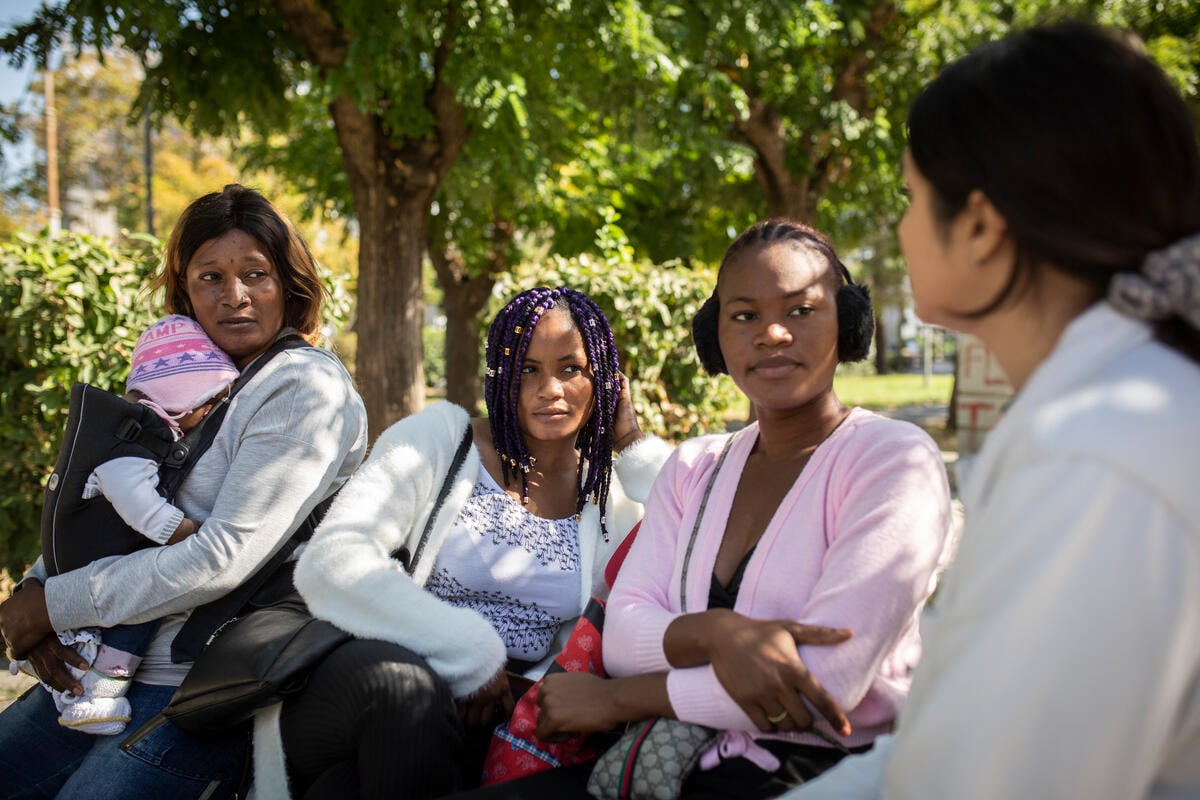
Greece. Shirin (R), originally from Iran, who works as Gender-Based Violence Prevention Officer at NGO Diotima Centre, together with Hawanatu, Memunatu and Fatmata, GBV survivors and beneficiaries of the GBV Prevention and Response Programme - a “shield” for refugee and asylum-seeker women on Lesvos.
Where can I find statistics and information about refugees and asylum-seekers arriving in Europe?
UNHCR maintains a public database of statistics on refugees and asylum-seekers in Europe and around the world. It has also developed a mobile application for iOSLink is external and AndroidLink is external. Each year, we publish a Global Trends report, an authoritative overview of the world’s refugees, asylum-seekers, internally displaced people and stateless persons.
In addition, data on specific situations in Europe can be found on dedicated operational portals (Ukraine, Mediterranean and South Eastern Europe).
Who are UNHCR’s partners in Europe?
As per its mandated responsibilities and in line with the Global Compact on Refugees, UNHCR engages with a wide range of stakeholders to pursue its protection and solutions priorities in Europe. These include governments, international organizations within and outside the UN system, other humanitarian and development actors, regional actors (notably the European Union and its agencies, the Council of Europe, and the Organization for Security and Co-operation in Europe), local authorities, municipalities, academia, the private sector, media, and civil society, including refugee-led and faith-based organizations. Refugees, other forcibly displaced, and stateless persons are key partners, and we have been strengthening our engagement with refugee-led organizations.
In collaboration with the International Council of Voluntary Agencies (ICVA), we organize regular regional dialogues and bi-annual consultations with civil society actors to identify opportunities for joint and complementary advocacy.
UNHCR is committed to supporting the realization of the 2030 Sustainable Development Agenda and its Sustainable Development Goals. In Europe, UNHCR is an integral part of the regional UN system and co-chairs the Issue-Based Coalition on Large Movements of People, Displacement and ResilienceLink is external.
Four of our offices in Europe are accredited to regional institutions (the Council of Europe, the Organization for Security and Co-operation in Europe, the European Union Agency for Asylum, and Frontex).
Key publications
See more publications from UNHCR operations in Europe under the Global Focus Europe Region and the Ukraine Situation pages.
How do I get in touch with UNHCR?
The best way to contact us is via our website.
How do I locate a spokesperson who can tell me more about UNHCR’s work in Europe or the world?
Contact UNHCR spokespeople at our headquarters in Geneva or in many of our country offices worldwide for media enquiries and interviews.
If I am an asylum-seeker or refugee in Europe and need help or advice, what should I do?
You can use the Help website in some countries, or contact UNHCR or one of its partners directly in the country where you are.
If I want to work for UNHCR, what should I do?
You can find available job openings, internships and other opportunities on the UNHCR careers page and on the UNHCR's country-specific and regional websites. There are also opportunities to volunteer with UNHCR and its partner organizations.
How can I contribute to and support UNHCR’s work?
UNHCR relies almost entirely on voluntary contributions from governments, UN and pooled funding mechanisms, intergovernmental institutions and the private sector, as well as individual donations. We encourage these funds to be allocated as flexibly as possible to enable us to assist where the needs are the most acute by providing protection, shelter, water, health, education and other essential support to refugees, asylum-seekers, stateless persons and internally displaced people across the region.
UNHCR’s website contains information on how to contribute financially. Donations can also be made to individual refugee-hosting countries through our private sector partnerships and also to specific emergencies.
Stay informed with the latest reports and updates on UNHCR’s work in Europe
Read the latest reports and publications, including the region's quarterly updates and fact sheets.
Find the latest data and statistics on refugees and other displaced persons.
Stay up to date on emergencies and our work in Europe.


